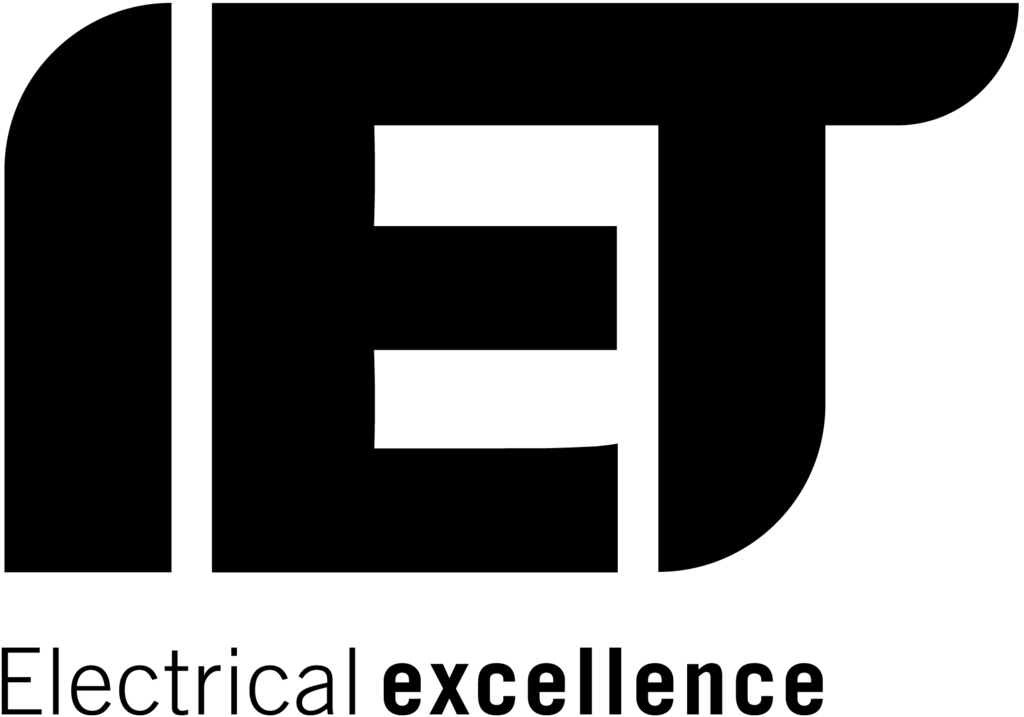
Kelly Rose
Editor

Kelly Rose
Editor
Amendment No. 3:2015 of the forthcoming IET Wiring Regulations BS 7671:2008 provides essential requirements and changes for electrical professionals, writes Geoff Cronshaw, chief electrical engineer at the IET.
The Institution of Engineering and Technology (IET) recently announced the latest update (Amendment No.3) to the IET Wiring Regulations BS 7671:2008 in January 2015. The amended Wiring Regulations set out the national standard to which all new and amended electrical installations are to comply and feature a number of important new changes. The new publication was made available in both print and digital formats from the IET on 5 January.
The new Amendment – which follows on from Amendment No. 1, published back in 2011 and Amendment No.2, published in 2013 – has some important new changes which are reflective of recent demands within the electrical sector. The IET, along with JPEL/64, has revised the IET Wiring Regulations to ensure they are relevant and meet the needs of those professionals operating in the electrical industry.
Regulation 421.1.201 is just one of the new regulations to be introduced and sets out standards relevant to the domestic installations. As a result of the new regulation, consumer units and similar switchgear assemblies will need to comply with BS EN 61439-3 and have their enclosure manufactured from non-combustible material, or enclosed in a cabinet or enclosure constructed of non-combustible material and comply with Regulation 132.12.
The impetus to develop this new requirement came from the London Fire Brigade. Back in June, the Brigade reported that a rising number of domestic house fires were being caused as the result of consumer units catching fire. In fact, the Brigade’s records show that there has been a fivefold rise in this type of fire in the last five years.
Commonly, loose connections within consumer units can lead to overheating – one of the main causes of the units catching fire. With many based under the staircases of residential buildings, such fires can block exit routes and impede the ability to escape.
BS 7671:2008+A3:2015, giving its correct title, was published on 5 January 2015. As usual, there is a six month lead in period, meaning that the amended Regulations go live at the beginning of July 2015. This new requirement in Regulation 421.1.201 will be delayed by a further six months, coming into effect in January 2016, allowing manufacturers time to produce enclosures in sufficient quantities.
Another significant change introduced by Amendment No.3 is in Chapter 41 which will highlight the precautions necessary for protection against electric shock. Regulation 411.3.3 will require that, in accordance with 415.1, socket outlets up to 20A must have RCD protection. This will be compulsory for all types of installations, whether they are for commercial, domestic or industrial purposes. For mobile equipment used outdoors this will be mandatory for socket outlets up to 32A. The exception to this requirement is where socket outlets are specifically labelled or where a documented risk assessment deems that RCD protection is not necessary.
Section 557 is a completely new section introduced by Amendment No.3 covering the required standards for auxiliary circuits in low voltage electrical installations. These circuits are defined as those for the transmission of signals intended for the detection, supervision or control of the functional status of the main circuit. Exempted from this are those circuits for fire and intruder alarms and for example, traffic lights, where specific standards already exist. Section 557 will cover issues such as power supplies for auxiliary circuits, protection against overcurrent and special requirements for those circuits used for measurement.
As well as new sections being introduced in Amendment No.3, some older sections have also been revised and updated. Having been introduced in 2008, Section 717 – which covers the standards for mobile and transportable units – will be updated with three new regulations.
Regulation 717.413 sets out the requirements for the protective measure of electrical separation and is based on the latest CENELEC HD. This will require an insulation monitoring device to be installed so that automatic disconnection of the supply can occur in case of a first fault or an RCD and an earth electrode are installed so that automatic disconnection is provided in the case of failure of the transformer.
The new requirements set out in the amended IET Wiring Regulations demonstrate the importance of the work electrical professionals do, and the standards they need to adhere to in protecting themselves and those in contact with electrical installations. With this in mind, it’s absolutely vital that all professionals in the industry familiarise themselves with the new and updated sections set out in Amendment No.3.
The amended IET Wiring Regulations are available now at www.theiet.org/amend3-books-pr


Michael Faraday House
Six Hills Way
Stevenage
SG1 2AY
UNITED KINGDOM
01438 767226